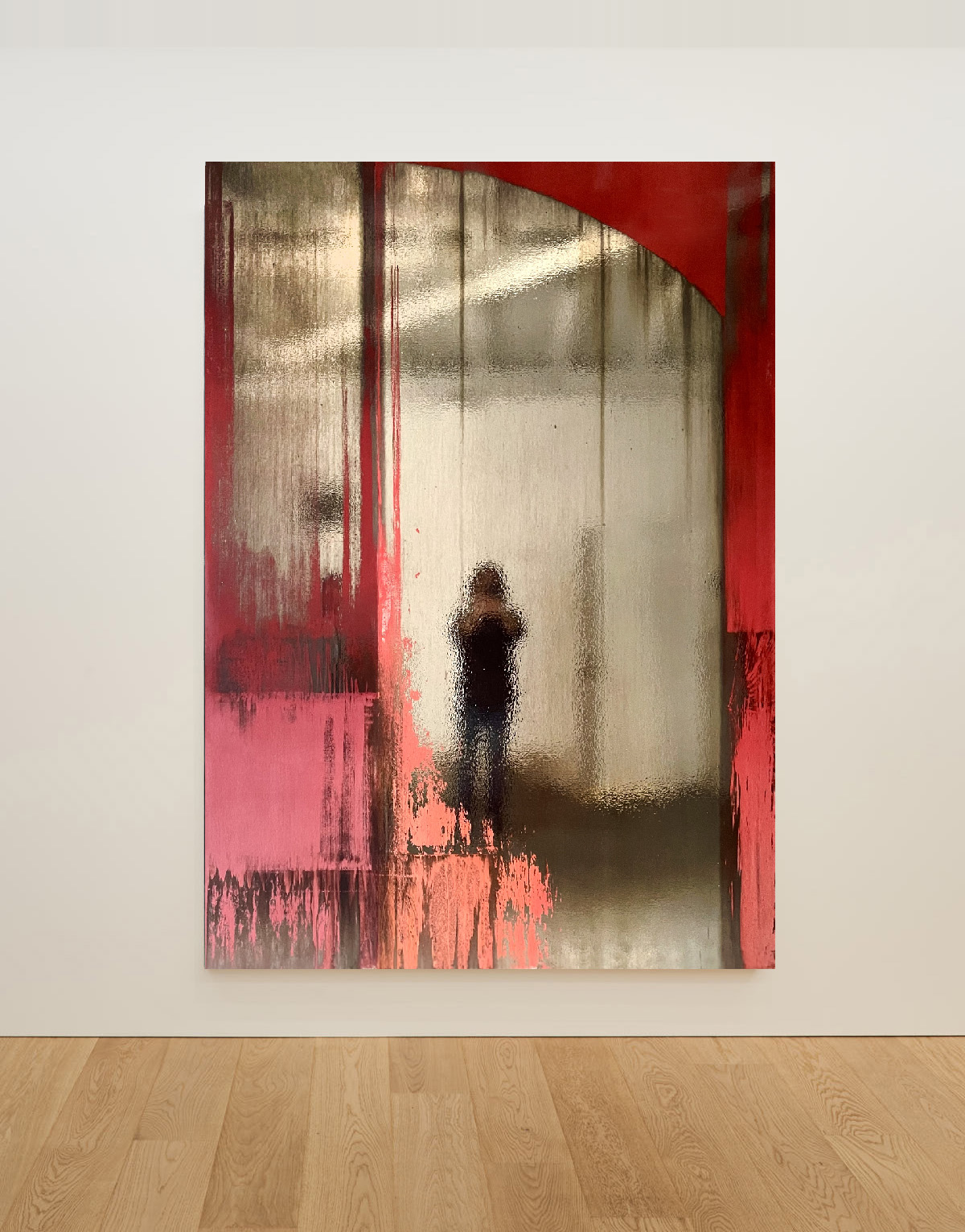The Love Story Of Young Helena

Burning Flower in The Rain
Oil on Canvas 2022

The Window
Oil on Canvas 2022

The Life We Left Behind (window 7)

Echo Of Memories

Leah
Oil on Canvas 2022

The Back Room
Oil on Canvas 2022

The Life We Left Behind

The Life We Left Behind

Echo of Memories

The Life We Left Behind

Echo of Memories
Art has the potential to build and alter networks of inclusion and exclusion, and, even if only temporarily, to reconstruct the social field. This is what French philosopher Jacques Rancière (1940-) described as partage du sensible– “the distribution of the sensible” (=sharing). Nicolas Bourriaud’s (1965-) influential essay, “Relational Aesthetics”, published in 1998, also led to more widespread acknowledgment of art that incorporates human relations and social context into its aesthetic background. However, an important point to remember is that despite Bourriaud’s emphasis on participatory art, he has said that “it is not something that distances itself from traditional object work”, and that the relationship between the viewer and the art is, as an artistic practice, about “learning to inhabit the world in a better way.”
The title of the exhibition, “Echo”, has its etymological roots in the ancient Greek belief that the sounds that reverberated back from the mountains and valleys were replies from the mountain nymph, Echo. Similarly, in Japanese folklore, there is a belief in the existence of kodama ( literally “tree spirit”). Regardless of whether in the East or the West, the phenomenon of echoes and reverberations has aroused the imagination of many peoples who believed it to be the work of spirits.
Hod’s chrome paintings, with their mirrored surfaces, bring the viewer and their environment into the world of the painting, shimmering and shifting, pulling the viewer’s thoughts into a space of endless reverberation. In addition to chrome, the material that characterizes Hod’s works, and colors such as black, gray, blue, and green that characterize his paintings, Hod also uses elements such as ammonia, gasoline, and various acids to realize the narratives he envisions, degrading the painting surface and peeling off layers of color in a final destructive act to set free the light of the chrome within. The creation of light out of this paradox, this antinomy of destruction and creation, brings a mystical power to Hod’s paintings. But though the reflective nature of the work is mirror-like in its radiance, it does not interact with the world as a mirror would. The complex mirrored surface does not perfectly reflect the world in its entirety, but instead makes it abstract, turns it into a diminished echo. It creates a rift in reality, becoming a gateway to a parallel world. In front of these chrome paintings, the viewer is able to replace their own vague reflection with a character from an ephemeral but beautiful narrative. With an audience before it, the artwork becomes a functional device that resonates with our memories, inviting the viewer to create a new narrative at this site of destruction.On the other hand, the world is full of events that are difficult to face head-on, and humankind shares a number of unforgettable memories within our collective history.“I like to look at tragic events and images and turn them into something beautiful, to make them loveable again. For me different bodies of works complete one big story of art inspired by people and life from different times and different places.”The monochrome paintings convey the fragility of the old found photographs they are based on , and depict taboo images of death, destruction, ugliness, and sadness that overflow in our world. However, Hod also allows for creation, beauty, and joy to cohabit these images so that the work becomes dichotomous, a place of antinomy, a mixture of both good and bad. In this way, art becomes a cave that envelops the echoes of sad memories and reverberates in the space between the concepts of death and beauty, opening the door for people to imagine beautiful narratives that recreate negative histories into a new historical code.In this exhibition, Hod’s unceasing exploration of memory, of light and reflection, loss and trauma, destruction and rebirth, and the creativity and imagination that they give birth to, allow his works to transcend the physicality of the painting as object. Hod’s works speak not of reality, but of beauty; however, this exhibition invites us to contemplate on the idea that beauty is a kind of truth in itself.